The bench press is one of the most popular and effective exercises for building upper body strength, and increasing your one rep max on the bench press can be a great way to track your progress and improve your overall fitness. However, achieving a new personal record (PR) on the bench press can be a challenging task that requires a combination of strength, technique, and mental focus. In this blog post, we will discuss some of the best ways to increase your one rep max on the bench press.
- Focus on progressive overload
Progressive overload is the principle of gradually increasing the demands placed on the body during training, which can help you build strength and muscle mass over time. To increase your one rep max on the bench press, you need to gradually increase the weight you lift over time. This can be achieved by adding weight to the barbell, increasing the number of reps or sets you perform, or decreasing your rest periods between sets. However, it's important to progress gradually and avoid increasing the weight too quickly, which can increase the risk of injury.
- Improve your technique
Having good technique is essential for lifting heavier weights and reducing the risk of injury. When it comes to the bench press, your technique should include the proper grip, elbow positioning, and bar path. Some common mistakes that can limit your strength on the bench press include flaring your elbows too wide, arching your back excessively, or allowing the bar to drift too far towards your head or feet. To improve your technique, consider working with a qualified coach or trainer, or watch videos of experienced lifters to learn proper form.
- Strengthen your supporting muscles
The bench press primarily targets the chest, shoulders, and triceps, but other muscles also play a role in the lift, including the back, core, and legs. Strengthening these supporting muscles can help you maintain proper form and generate more power during the lift. Some effective exercises for improving bench press strength include pull-ups, rows, overhead presses, and squats.
- Use proper nutrition and recovery strategies
Strength training places a high demand on your body, and proper nutrition and recovery strategies are essential for making progress and preventing injury. To support your training, make sure you are eating a balanced diet that includes enough protein, carbohydrates, and healthy fats. Additionally, prioritize sleep, hydration, and active recovery techniques such as stretching and foam rolling.
- Stay mentally focused
The bench press requires a significant amount of mental focus and concentration, especially when lifting heavy weights. To stay mentally focused during the lift, try visualizing yourself successfully completing the lift, focusing on your breathing and staying present in the moment. Some lifters also find it helpful to use pre-lift rituals or cues, such as listening to music or performing a specific warm-up routine.
In conclusion, increasing your one rep max on the bench press requires a combination of progressive overload, proper technique, strengthening supporting muscles, proper nutrition and recovery strategies, and mental focus. By incorporating these strategies into your training program, you can make steady progress towards achieving your bench press goals and improving your overall fitness.
Read more
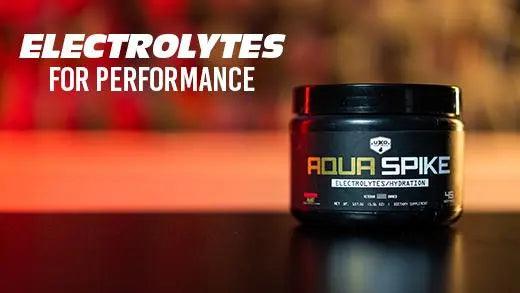
Electrolytes are a crucial component of human physiology, as they play a vital role in maintaining proper hydration levels and regulating bodily functions. For athletes, electrolytes are particula...

Nitrosigine: A Comprehensive Guide In recent years, Nitrosigine has gained popularity as a supplement among athletes and fitness enthusiasts. But what exactly is Nitrosigine? In this article, we'l...

The essentials
Share details of your store's product selection, or share a story that speaks to your customers.

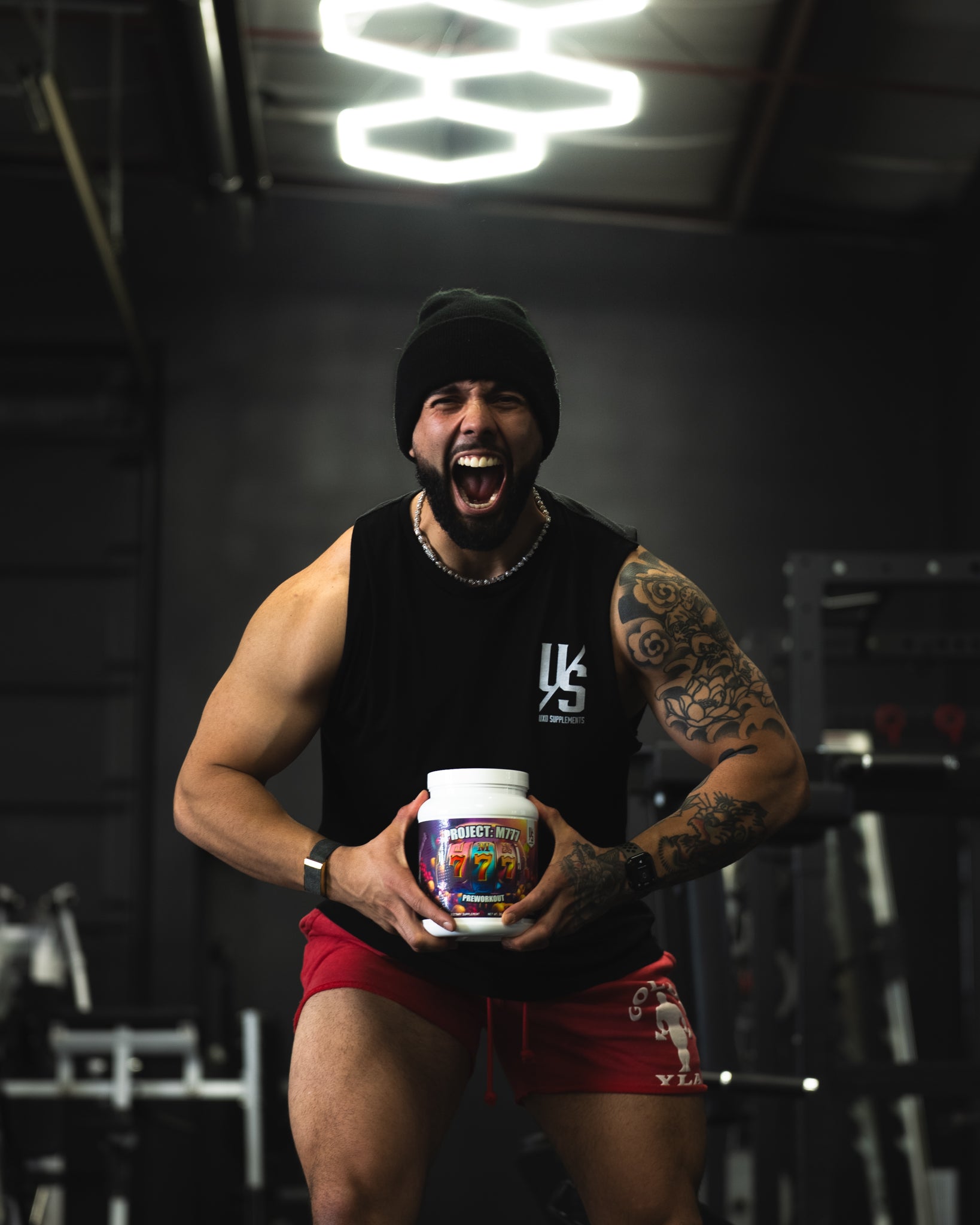




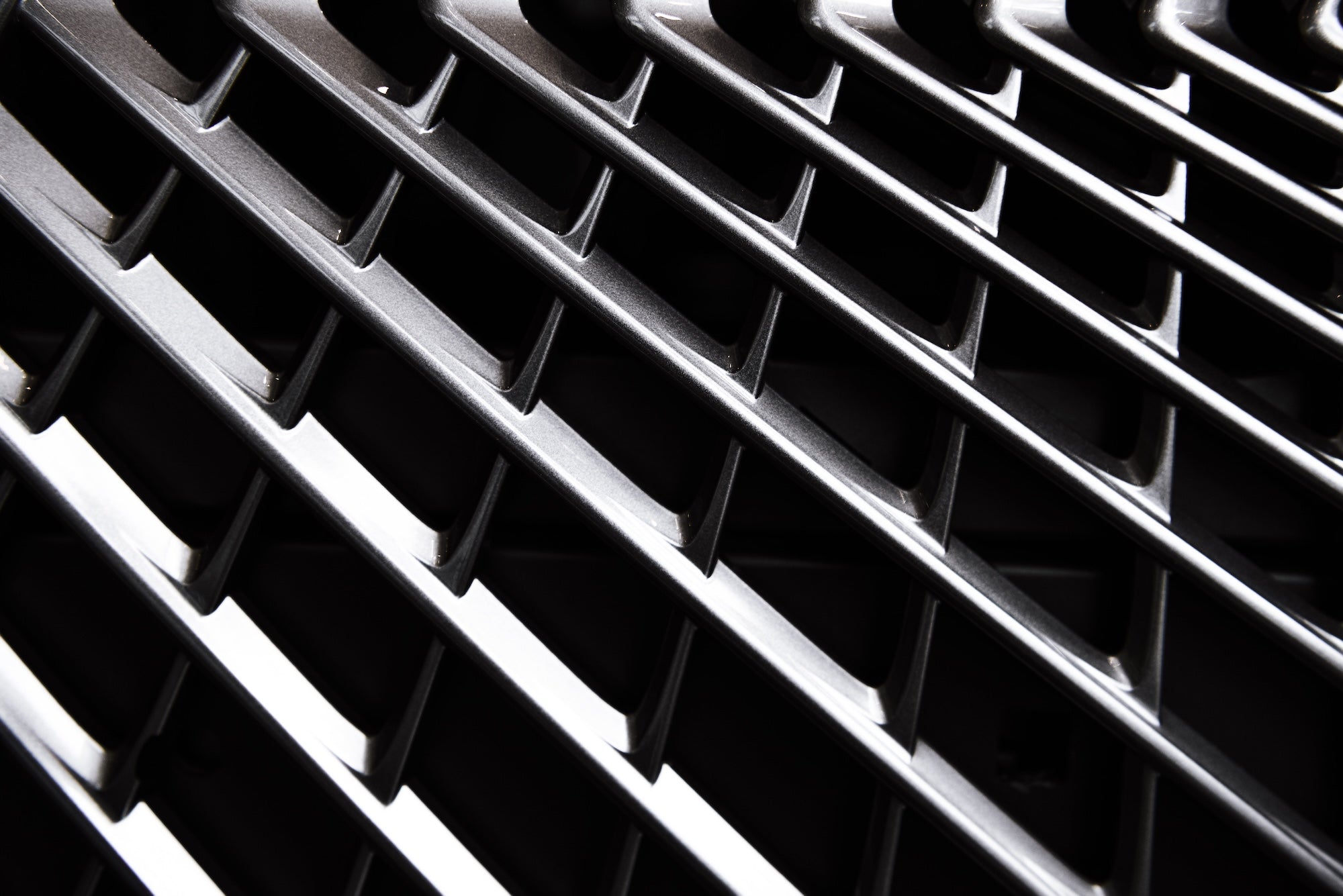
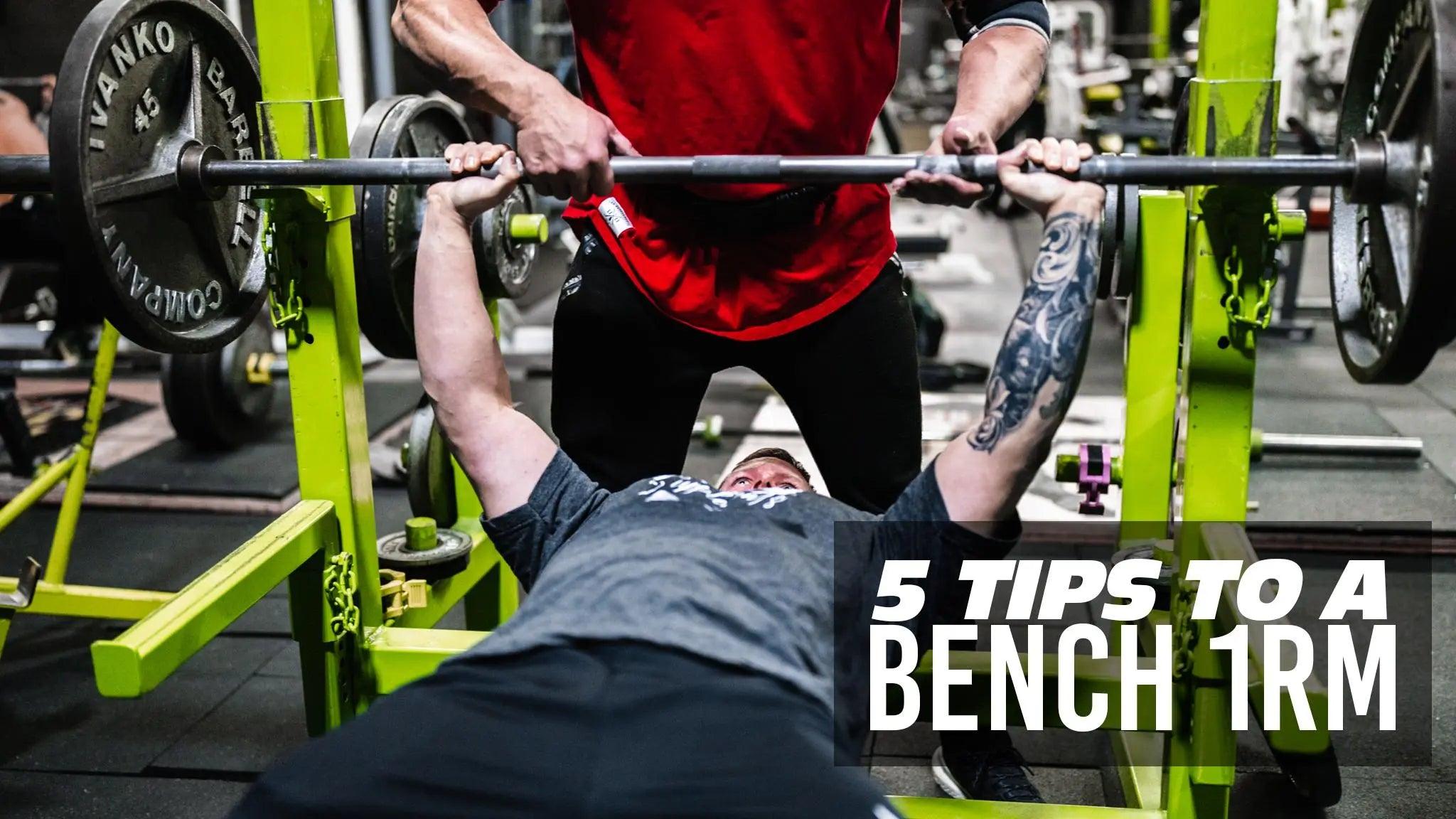
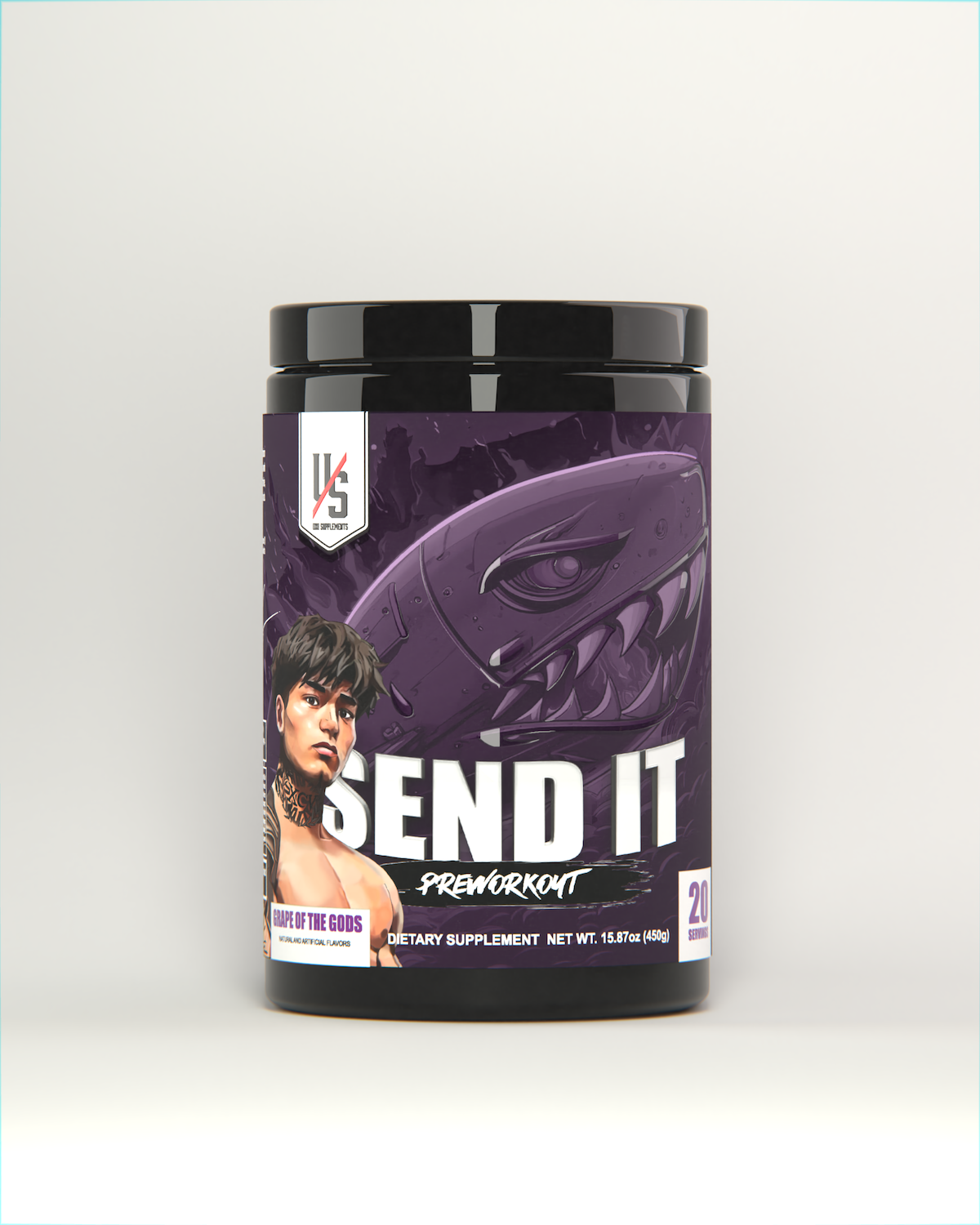
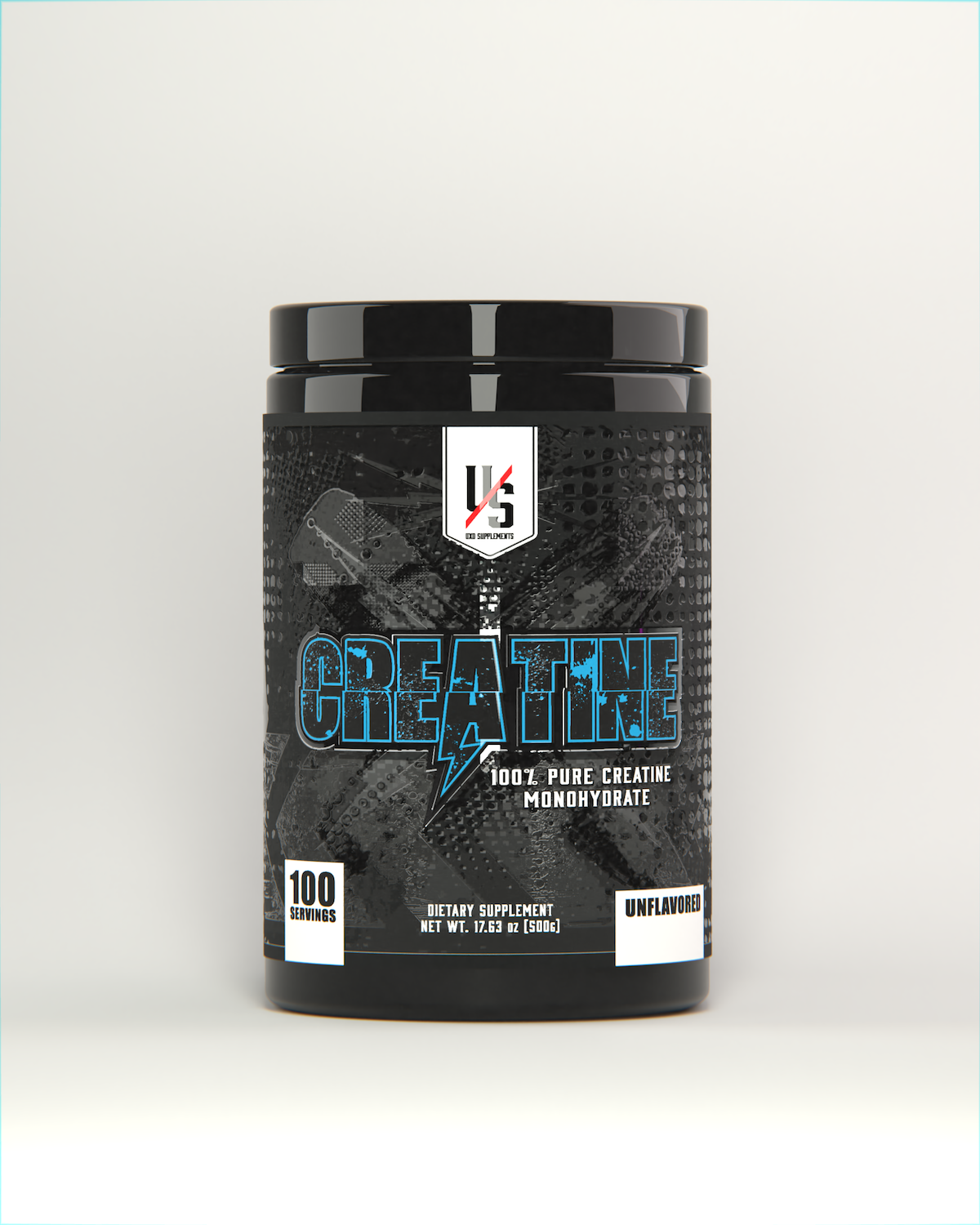
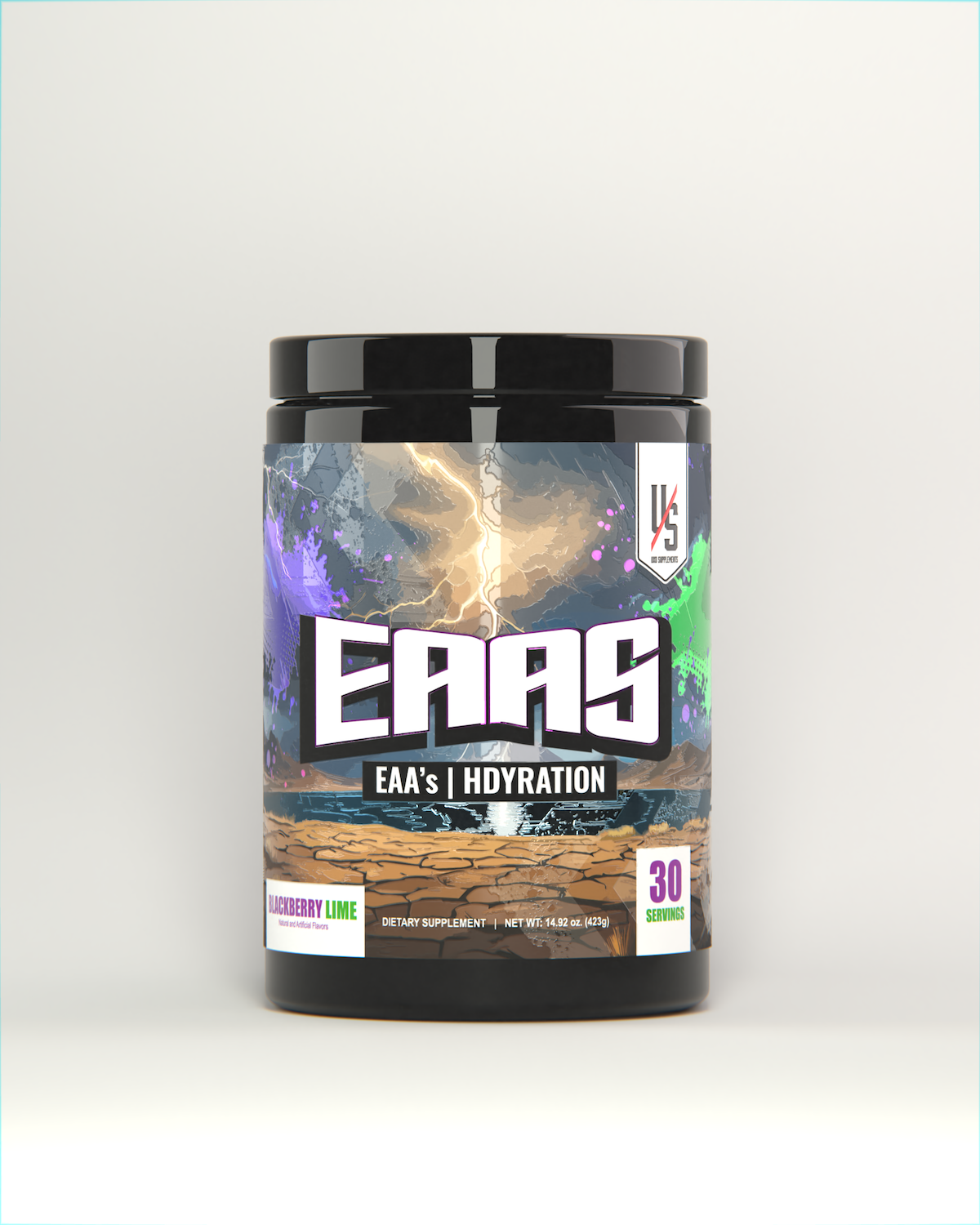
Leave a comment
All comments are moderated before being published.
This site is protected by hCaptcha and the hCaptcha Privacy Policy and Terms of Service apply.